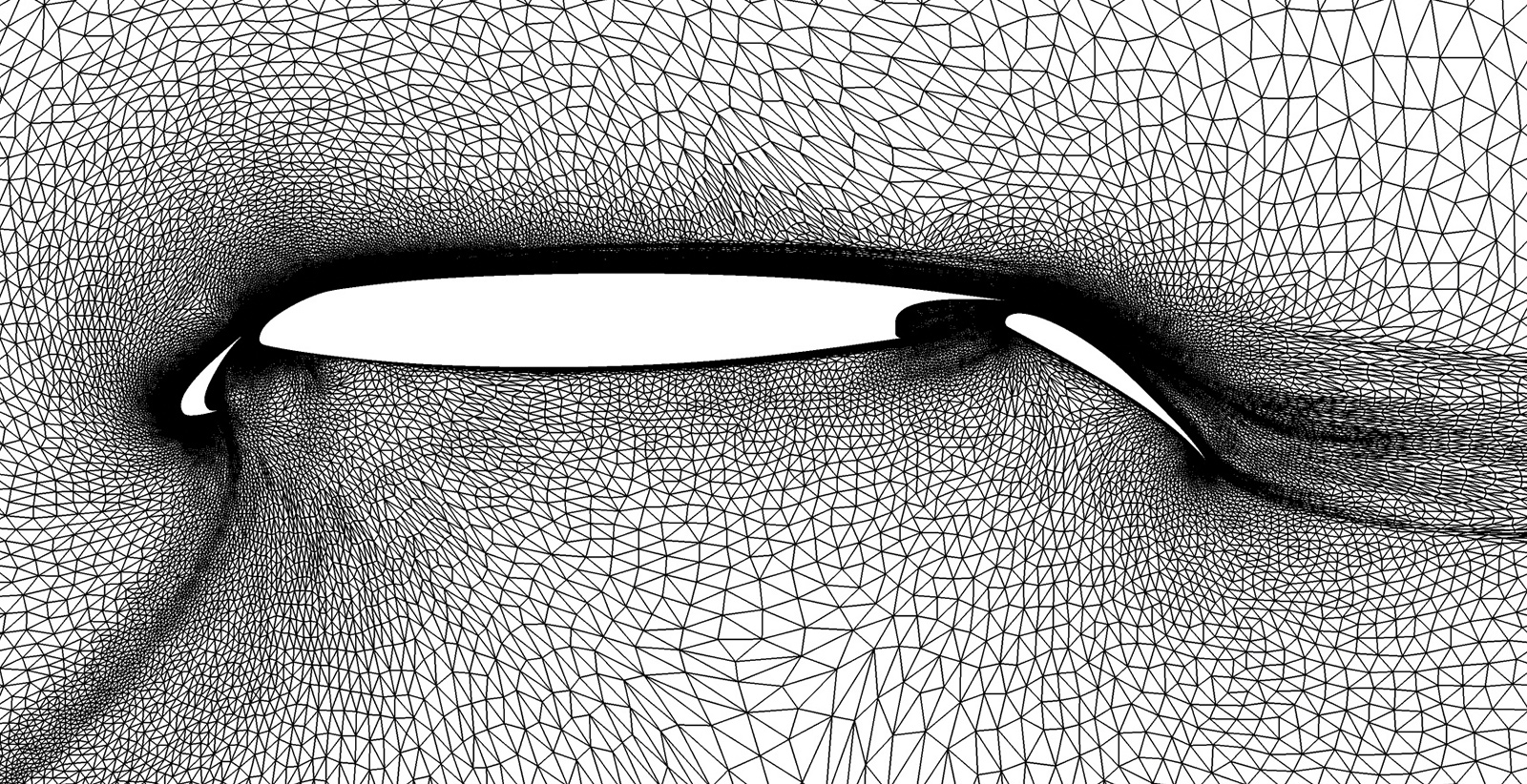Stay Up to Date
Submit your email address to receive the latest industry and Aerospace America news.
The Meshing, Visualization and Computational Environments Technical Committee explores the application of computer science to pre-processing, post-processing and infrastructure in support of computational simulation in the aerospace community.
The meshing and visualization community in January learned the details of a breakthrough method developed by Carl Ollivier-Gooch, a professor at the University of British of Columbia, when he demonstrated to AIAA SciTech participants a technique for developing extreme scale meshes in hours rather than weeks.
Also this year, Intelligent Light of New Jersey pushed high-order element post-processing forward with projects for the U.S. Department of Defense High Performance Computing Modernization (HPMCP) Computational Research and Engineering Acquisition Tools and Environments (CREATE) effort and the U.S. Department of Energy’s Center for Efficient Exascale Discretizations. Specifically, in 2020 Intelligent Light continued working on the next iterations of the FieldView CREATE standardized visualization tool for the Defense Department, after selling rights to FieldView to Vela Software of Toronto in 2019. Vela formed a company, FieldView CFD Inc., to develop and market FieldView, while Intelligent Light continues working on the FieldView CREATE product for the Defense Department.
In February, an exploratory committee conducted a survey to decide the future of the International Meshing Roundtable, a conference dedicated to the field of mesh and grid generation. Sandia National Laboratories announced in October 2019 at the 28th International Meshing Roundtable that it would step back from organizing and operating IMR. The Society for Industrial and Applied Mathematics will host future conferences.
In January, development teams supporting the Defense Department’s CREATE effort released new product versions in the areas of meshing and computational environments. The CREATE Foundational Technologies Team released Capstone Version 11, which includes multithreading in meshing and sizing proxy construction and makes available boundary layers with constant growth close to the geometry. In addition, this version supports mesh adaptation for both computed-aided design and discrete models. The adaptation capability has been developed in collaboration with the CREATE Air Vehicles (AV) team. In a June paper, researchers from Boeing, the Massachusetts Institute of Technology, NASA and Inria, the French national research institute for digital science and technology, compared adaptive mesh solutions on a 2D cross section of the High Lift Common Research Model. By driving the adaptive meshes to a similar level of mesh convergence, the researchers obtained consistent results between several different adaptive mesh processes. Results helped to identify areas for improvement and to provide mesh generation guidance for future workshops.
On the computational environments front, the CREATE AV team released Versions 11.0 and 11.1 of the fixed-wing simulation product Kestrel as well as Version 11.0 of the rotary-wing simulation product Helios. After introducing support for thermal non-equilibrium flow solutions and coupled aeroheating problems in the Version 10 cycle, the Kestrel development team made a substantial change to the traditional workflow in Version 11.0 to provide better flexibility in coupling solvers in a multiphysics simulation. This change in paradigm enables relevant analyses of simulations with long time scales, such as the aeroheating of a hypersonic vehicle over a trajectory spanning many minutes.
Related Posts
Stay Up to Date
Submit your email address to receive the latest industry and Aerospace America news.




